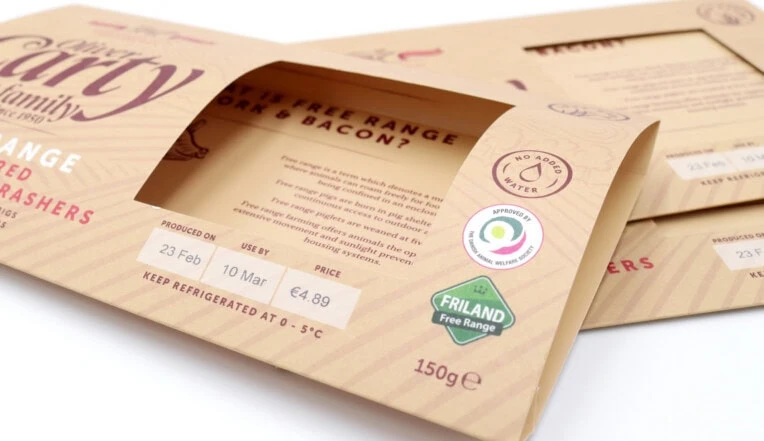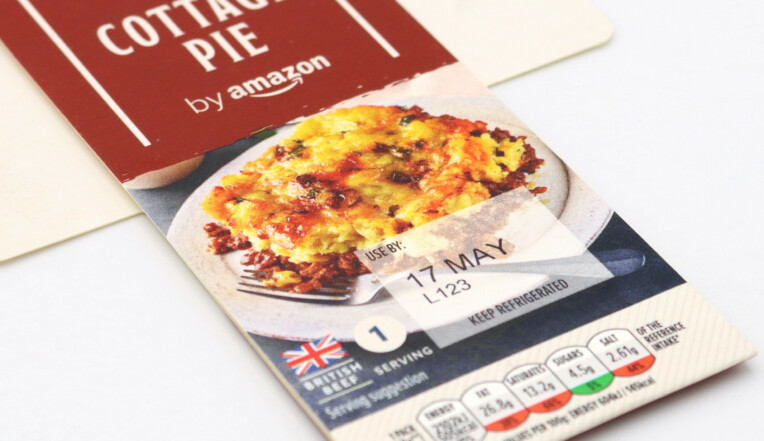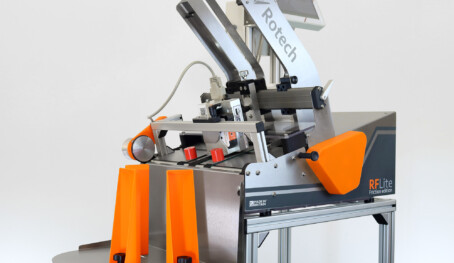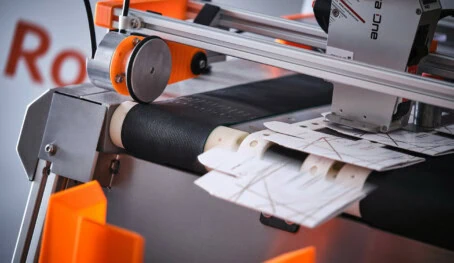Ideal for automation
Another reason to invest in an off-line feeding system is to automate a manual process.
Date coding by hand is usually slow and labour intensive, and it can often result in misprints. By automating the process, throughput is dramatically increased, and over-the-top labour costs and coding errors will become a thing of the past.
Systems designed specifically for sleeve coding
Within our range of feeding systems, we have two that are ideal for the reliable handling and coding of sleeves: the RF Lite and the RF Auto. Both take a flat-form sleeve from a stack and pass it underneath a printer or labeller to be coded, before returning the marked sleeve to another stack, ready for operator removal. The suitability of the system much depends on the dimensions of the product, desired print, and the expected throughput.
The RF Lite is our entry-level system, ideal for those looking to move away from manually coding their sleeves. Its small footprint makes it easy to fit into tight production spaces and it can be supplied with a wheeled stand if it’s intended to serve multiple lines. It is fitted with a clean, maintenance-free thermal inkjet printer as standard, to ensure crisp, consistent prints.
The RF Auto is a heavy-duty feeding system, ideal for running high volumes of product. It benefits from an auto-gating system, which allows it to automatically adjust to handle products of varying thicknesses, such as windowed or lift-the-flap sleeves. It can accommodate a variety of coding and labelling technologies to suit the application.
For more information on our feeding systems or how you could benefit from coding your sleeves off-line, contact our friendly experts today!







